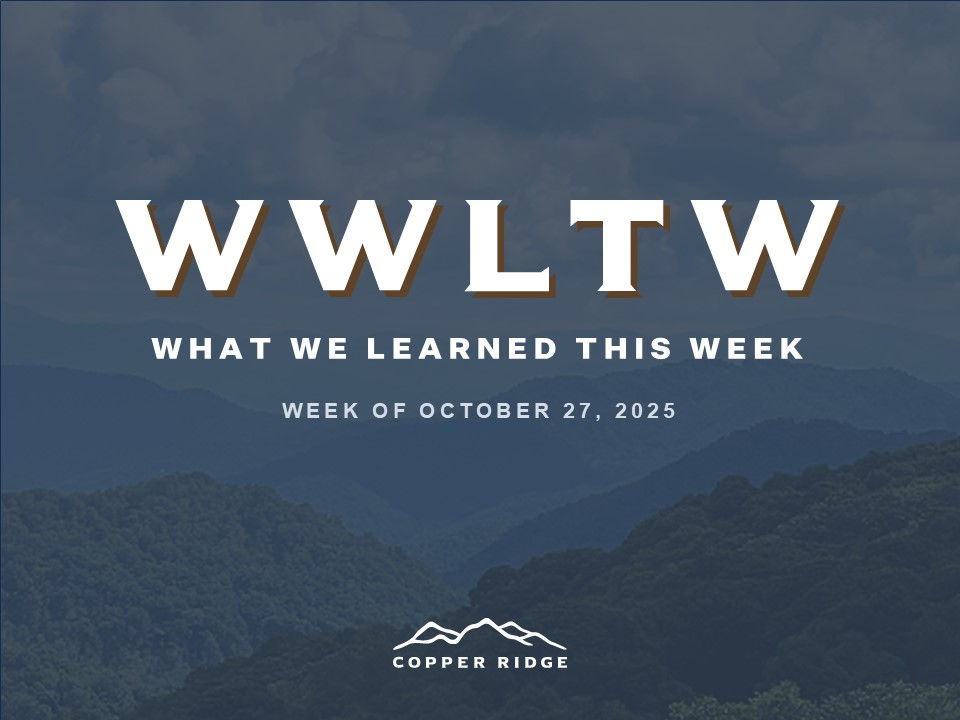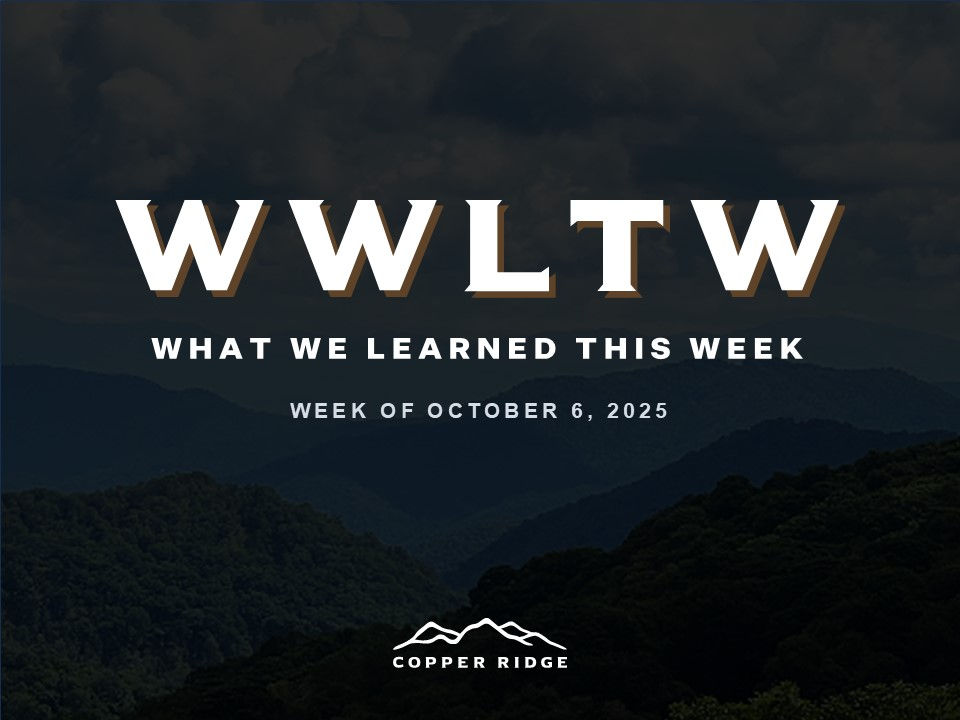What We Learned This Week
- Tyler Smith

- 11 minutes ago
- 2 min read
Diverging Trends: We’ve been hearing a lot lately about the “K-shaped economy,” and it’s showing up clearly as more consumer-focused companies report results. The idea is simple: parts of the economy are doing exceptionally well while others are struggling. Higher-income consumers, tech and professional sectors, and asset-owners continue to spend and invest, while lower- and middle-income households are tightening up as inflation, credit costs, and job uncertainty take a toll. It’s creating a widening split in everything from retail performance to housing demand and credit quality.
For companies and investors, this divergence matters. Businesses tied to value or lower-income spending are feeling the slowdown, while brands serving affluent consumers, luxury segments, or business services remain resilient. It also makes economic data harder to read - headline strength can mask underlying softness. The takeaway: growth isn’t evenly distributed, and navigating this next phase will mean understanding which side of the “K” your customers, assets, or investments sit on.
Trade Impacts: Pinterest shares fell more than 20% this week after softer-than-expected third-quarter results revealed a slowdown in ad spending from large U.S. retailers. The company reported earnings slightly below forecasts, with management pointing to “pockets of moderating ad spend” linked to tariff-related cost pressures, particularly in home furnishings. With additional tariffs set to take effect in that category, Pinterest expects these trends to persist through year-end. While revenue met expectations, the reaction reflects investor sensitivity to any signs of weakness in digital advertising as the broader retail environment adjusts to shifting trade and cost dynamics.
More broadly, the situation highlights how interconnected trade policy, consumer spending, and digital advertising have become. Retailers adapting to higher import costs may temporarily adjust marketing budgets, creating ripple effects across ad platforms. For Pinterest, the near term could remain choppy as it navigates these crosscurrents alongside growing competition from larger social platforms. Still, the company continues to invest in artificial intelligence and visual search tools aimed at deepening engagement and improving monetization, an area analysts see as key to long-term growth once macro pressures stabilize.




Comments